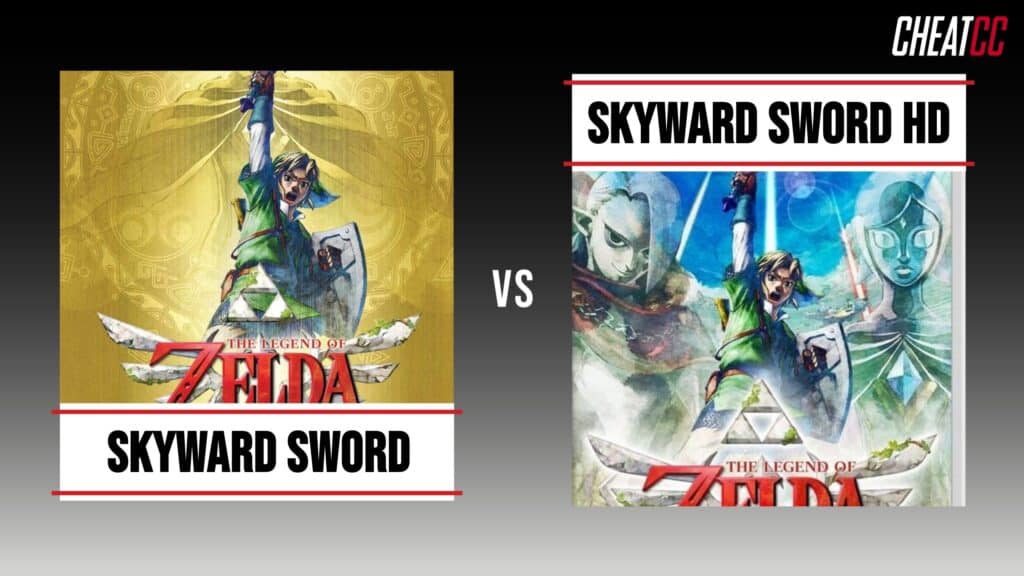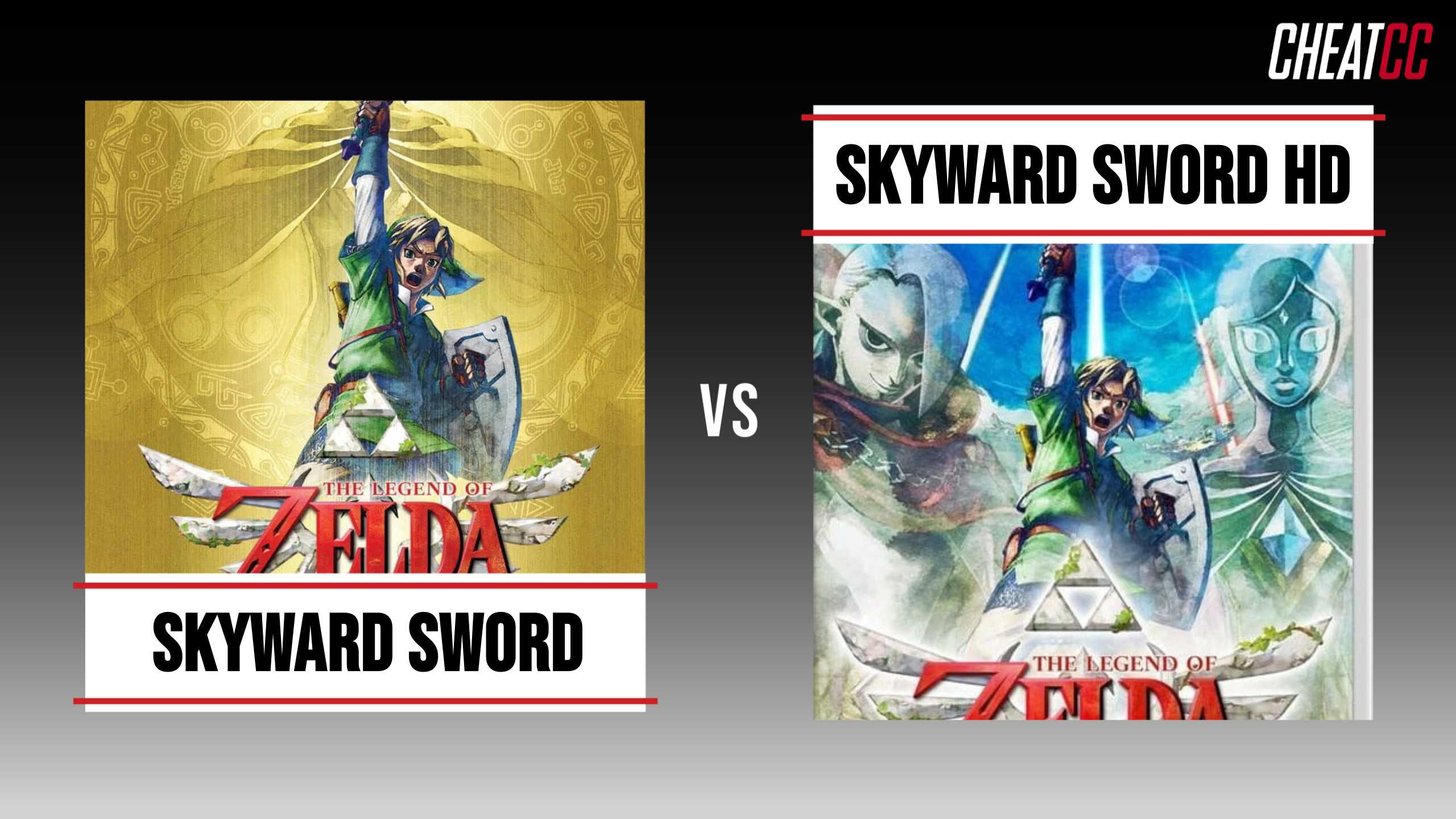For all the critical acclaim the game received upon its release, Skyward Sword got a bit of a raw deal. Thanks to the changing paradigm surrounding game design and shifting tastes among fans, 2011’s Legend of Zelda title seemed to hold a perception of “more of the same”. To add insult to injury, this wasn’t helped by the game’s sometimes novel, but often frustrating, motion controls. Players wanted more Zelda in the style of Ocarina of Time, but they weren’t keen on the idea of yet another Legend of Zelda game requiring them to waggle the Wii remote to simulate the real-life act of swordfighting.
Even with Nintendo creating a specific new peripheral for the launch of the game to help its motion controls get closer to 1:1 movement, fans still couldn’t get past feeling like the mechanic was little more than a gimmick. The critics may have loved Skyward Sword, and fans were quite fond of the game’s story and how it helped to connect 25 years of franchise lore, but there’s no denying that the reception to Skyward Sword led to Nintendo dramatically switching things up for the next entry in the series, giving us Breath of the Wild.
Thankfully, Nintendo’s HD remaster and control revision to the title gives the game a second lease on life on the Switch, highlighting just how excellent its dungeon design and boss encounters are. However, when it comes to determining the definitive version of the game, it all depends on how players view the remaster versus the original. This raises the question over whether a remaster’s improvements outshine the original vision of the developers, and in the case of Skyward Sword the answer might not be as readily apparent as one would suspect.
Skyward Sword on Wii vs Skyward Sword on Switch: Side-by-Side Comparison

Truthfully, it’s a bit of a surprise that Nintendo would opt to remaster Skyward Sword over other Legend of Zelda titles to bring over to the Switch, as there are plenty of entires in the series that fans would love to see available on modern hardware that remain locked behind retro console exclusivity. Still, those that have played Skyward Sword know just how special of a game it is in the entire Zelda series, taking place at the very beginning of the series’ timeline and acting as an origin story for Link, Zelda, and Ganon. Both Skyward Sword on Wii and Skyward Sword HD on Switch are the same game at their core, but they do have some important differences:
| Characteristic | Skyward Sword (Wii) | Skyward Sword HD (Switch) |
|---|---|---|
| Release Year | 2011 | 2021 |
| System | Nintendo Wii | Nintendo Switch |
| Aggregate Critic Score | 93 | 81 |
| Sales | 3.67 million | 4.15 million |
| Motion Controls | ✅ | ✅ |
| Button-and-Stick Controls | ✅ | |
| Legend of Zelda Origin Story | ✅ | ✅ |
| HD Textures | ✅ | |
| Skippable Cutscenes | ✅ | |
| Autosave Feature | ✅ |
Skyward Sword on Wii vs Skyward Sword on Switch: 4 Must-Know Facts
Here are 4 must-know facts about the original Wii version of Skyward Sword and the Nintendo Switch remaster Skyward Sword HD:
- The original Skyward Sword uses the MotionPlus Wiimote to simulate the real-life act of swordfighting, highlighting the importance of Link’s legendary blade in the game’s storyline. Not only does the Switch remaster feature these same motion controls using the Switch’s JoyCon controllers, it adds an additional control scheme using the face buttons and the right analog stick to control the sword.
- At their core, both Skyward Sword and Skyward Sword HD feature the same adventure across each version. The main differences are the subtle quality-of-life features that the Switch version adds as well as the upscaling of the game’s visuals to HD-quality resolution.
- One of the main differences between the original Skyward Sword and its Switch port is the addition of an autosave feature — something critical for the game’s new portable functionality. While the Wii was a stationary console that required players to sit in front of a screen, the Nintendo Switch is a hybrid console that is fully portable.
- Skyward Sword is an extremely narrative-heavy game, which makes perfect sense given the game’s narrative importance and its place as the origin story of the entire Legend of Zelda franchise. Still, players may find themselves wanting to skip through cutscenes and get back to the action. This was not possible in the original version but is possible in the Switch remaster.
Skyward Sword on Wii vs Skyward Sword on Switch: Control Differences
One of the primary complaints that players have about the Wii Zelda games is their reliance on Nintendo’s motion control gimmick that was synonymous with the system. Thankfully, the new remaster of Skyward Sword on the Switch alleviates this issue by giving players the option for a new control scheme that uses the right analog stick to simulate the movements that were previously required of the Wiimote. The end result is a game that includes the original controls for those that want them but offers an alternative for anyone who found themselves turned-off by another motion-controlled Zelda game.
Skyward Sword on Wii vs Skyward Sword on Switch: Same Content With Updated Visuals and Framerate
Although the content itself hasn’t changed between the Wii and Switch versions of the game, the visual fidelity and performance receive a noticeable upgrade. The original ran at a native 480p and 30 fps on the Wii, with some of the game’s art assets and visual aesthetic coming off as blurry as a result. The Switch version fizes this by upscaling the game to 1080p when in docked mode and 720p in handheld. Regardless of which way players are experiencing the Switch version, it also runs at a smooth 60fps with very little lag or dips in framerate. The HD version is the definitive winner when it comes to both visuals and technical performance.
Skyward Sword on Wii vs Skyward Sword on Switch: The Benefit of Portability
Back in 2011, the only option players had for playing Skyward Sword was to sit in front of a TV or monitor with the Wii’s motion bar within range. Thanks to the hybrid nature of the Switch, players can take the remaster on the go with them anywhere they please, and it also joins a growing library of Zelda games on the handheld/console system. To help facilitate this new portability, the HD version also includes a new autosave feature, something that was missing in the original version. Now players can take Skyward Sword on the go and also not have to worry about losing progress when needing to quickly put the game down to focus on something else.
Skyward Sword on Wii vs Skyward Sword on Switch: Quality-of-Life
Outside of visuals and controls, the biggest changes that the Switch version makes over the Wii original are its many quality-of-life features. For starters, Fi now keeps to herself unless the player calls on her, removing the incessant notifications that she gave players in the Wii original. Additionally, there are several tutorials available for players in Skyloft before they venture down to the surface at the game’s outset. Finally, players have the ability to skip through cutscenes and dialogue and item descriptions have been streamlined.
Bottom Line
Despite having a lower aggregate score from critics, it’s a clear victory for the HD version of Skyward Sword when comparing it to the original. Between the freedom of its multiple control schemes, quality-of-life features, and improvements to its visuals and framerate, there’s no denying that the Switch remaster is the definitive version of the game. Prior to the Switch release, Skyward Sword held the distinction of being one of the least-commercially successful games in the series, but the re-release gives this incredible adventure its proper recognition as a pinnacle of the Zelda franchise.
